St Patrick's Cathedral Dublin

St Patrick’s Cathedral is the largest cathedral in Ireland and one of Dublin’s most cherished landmarks, steeped in history and architectural grandeur. Built between 1191 and 1270, it stands on the site where Saint Patrick is said to have baptized converts in the 5th century. The cathedral is a masterpiece of Gothic architecture, featuring soaring arches, intricate stained glass windows, and a beautifully tiled floor. It has long served as a place of worship, national ceremony, and cultural heritage. Among its most famous figures is Jonathan Swift, author of Gulliver’s Travels, who served as Dean in the 18th century and is buried on the grounds. The cathedral houses numerous monuments and memorials, reflecting Ireland’s complex and layered past. Visitors can enjoy guided tours, choral performances, and interactive exhibitions that bring history to life. Surrounded by peaceful gardens, St Patrick’s Cathedral offers a serene and powerful experience in the heart of the capital.
Dublin IrelandSt Patrick’s Cathedral is located at St Patrick’s Close, Dublin 8, at the junction of Patrick Street and Upper Kevin Street, making it easily accessible by foot from Dublin city centre. Founded in 1191 on the site where St Patrick is said to have baptised converts over 1,500 years ago, it stands as Ireland’s largest cathedral and the National Cathedral of the Church of Ireland. The cathedral is renowned for its striking Gothic architecture, its historic choir school dating from 1432, and as the resting place of Jonathan Swift, author of Gulliver’s Travels and former dean. Visitors can join guided tours or explore with a free app, while amenities include a small gift shop and wheelchair access. Nearby attractions include Christ Church Cathedral, Dublin Castle, and the lively Temple Bar district, making St Patrick’s Cathedral a central point for exploring Dublin’s rich medieval heritage. The cathedral is surrounded by St Patrick’s Park, offering a tranquil green space in the heart of the city.
 Guinness Storehouse
Dublin
Guinness Storehouse
Dublin
 National Museum of Ireland Archaeology
Dublin
National Museum of Ireland Archaeology
Dublin
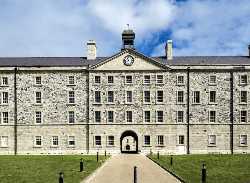 National Museum of Ireland Decorative Arts and History
Dublin
National Museum of Ireland Decorative Arts and History
Dublin
 National Museum of Ireland Natural History
Dublin
National Museum of Ireland Natural History
Dublin
 The Little Museum of Dublin
Dublin
The Little Museum of Dublin
Dublin
 Irish Whiskey Museum
Dublin
Irish Whiskey Museum
Dublin
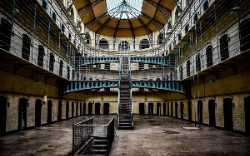 Kilmainham Gaol
Dublin
Kilmainham Gaol
Dublin
 Chester Beatty
Dublin
Chester Beatty
Dublin
 EPIC, the Irish Emigration Museum
Dublin
EPIC, the Irish Emigration Museum
Dublin
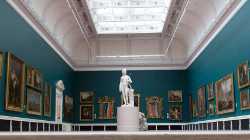 The National Gallery of Ireland
Dublin
The National Gallery of Ireland
Dublin
 Hugh Lane Gallery
Dublin
Hugh Lane Gallery
Dublin
 Abbey Theatre
Dublin
Abbey Theatre
Dublin
 National Concert Hall
Dublin
National Concert Hall
Dublin
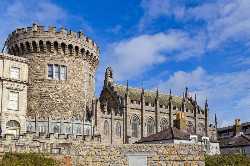 Dublin Castle
Dublin
Dublin Castle
Dublin
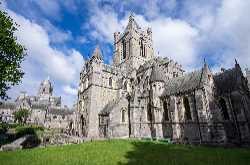 Christ Church Cathedral Dublin
Dublin
Christ Church Cathedral Dublin
Dublin
 Ha'penny Bridge
Dublin
Ha'penny Bridge
Dublin
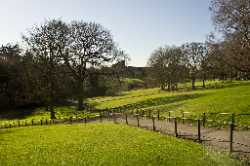 Phoenix Park
Dublin
Phoenix Park
Dublin
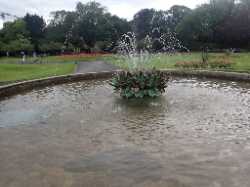 Saint Stephen's Green
Dublin
Saint Stephen's Green
Dublin
 Iveagh Gardens
Dublin
Iveagh Gardens
Dublin
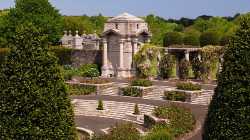 Irish National War Memorial Gardens
Dublin
Irish National War Memorial Gardens
Dublin
 Howth Market Dublin
Dublin
Howth Market Dublin
Dublin
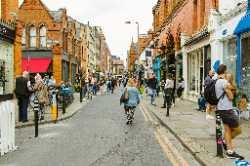 Drury Street Dublin
Dublin
Drury Street Dublin
Dublin
 Jameson Distillery Bow St
Dublin
Jameson Distillery Bow St
Dublin
 The Book of Kells Dublin
Dublin
The Book of Kells Dublin
Dublin
 Croke Park
Dublin
Croke Park
Dublin
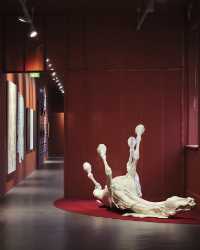 Irish Museum of Modern Art
Dublin
Irish Museum of Modern Art
Dublin
 Glasnevin Cemetery Museum
Dublin
Glasnevin Cemetery Museum
Dublin
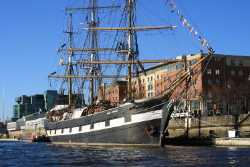 Jeanie Johnston Tall Ship & Famine Museum
Dublin
Jeanie Johnston Tall Ship & Famine Museum
Dublin
 The Irish Rock ‘N’ Roll Museum Experience
Dublin
The Irish Rock ‘N’ Roll Museum Experience
Dublin
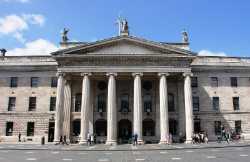 GPO Museum
Dublin
GPO Museum
Dublin
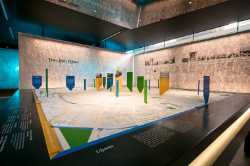 Museum of Literature Ireland
Dublin
Museum of Literature Ireland
Dublin
 Science Gallery Dublin
Dublin
Science Gallery Dublin
Dublin
 Kerlin Gallery
Dublin
Kerlin Gallery
Dublin
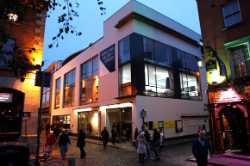 Temple Bar Gallery
Dublin
Temple Bar Gallery
Dublin
 Gallery of Photography Ireland
Dublin
Gallery of Photography Ireland
Dublin
 Project Arts Centre
Dublin
Project Arts Centre
Dublin
 The Molesworth Gallery
Dublin
The Molesworth Gallery
Dublin
 Oliver Sears Gallery
Dublin
Oliver Sears Gallery
Dublin
 SO Fine Art Editions
Dublin
SO Fine Art Editions
Dublin
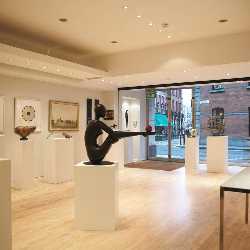 Solomon Fine Art
Dublin
Solomon Fine Art
Dublin
 Royal Hibernian Academy
Dublin
Royal Hibernian Academy
Dublin
 Douglas Hyde Gallery
Dublin
Douglas Hyde Gallery
Dublin
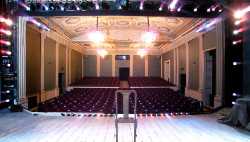 Gate Theatre
Dublin
Gate Theatre
Dublin
 Gaiety Theatre
Dublin
Gaiety Theatre
Dublin
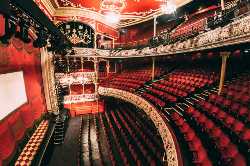 Olympia Theatre
Dublin
Olympia Theatre
Dublin
 Bord Gáis Energy Theatre
Dublin
Bord Gáis Energy Theatre
Dublin
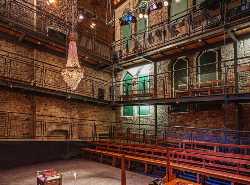 Smock Alley Theatre
Dublin
Smock Alley Theatre
Dublin
 Peacock Theatre
Dublin
Peacock Theatre
Dublin
 Liberty Hall Theatre
Dublin
Liberty Hall Theatre
Dublin
 Civic Theatre
Dublin
Civic Theatre
Dublin
 Draíocht Arts Centre
Dublin
Draíocht Arts Centre
Dublin
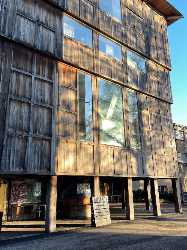 Samuel Beckett Theatre
Dublin
Samuel Beckett Theatre
Dublin
 Axis Ballymun
Dublin
Axis Ballymun
Dublin
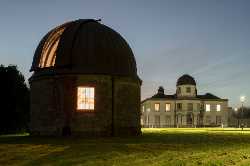 Dunsink Observatory
Dublin
Dunsink Observatory
Dublin